Powered by a Qualcomm Snapdragon 8 Gen 1 chipset, the Xiaomi 12 Pro is another high-performance smartphone from the Chinese manufacturer. All three rear-camera modules — primary, ultra-wide and tele — use sensors with a 50MP resolution. The variant in the primary module is one of the largest we have seen in a smartphone camera, at 1/1.28″. While the ultra-wide camera allows you to squeeze a lot of scene into the frame, the tele is a little more limited in terms of focal length when compared to the direct competition.
Let’s see how these specs translate into real-life performance in the DXOMARK Camera tests.
Key camera specifications:
- Primary: 50MP 1/1.28″ sensor, 1.22μm pixels, 24mm-equivalent f/1.9-aperture lens, Dual Pixel PDAF, OIS
- Ultra-wide: 50MP sensor, 14 mm-equivalent f/2.2-aperture lens
- Tele: 50MP sensor, 48mm-equivalent f/1.9-aperture lens, PDAF
- Video: 8K at 24fps, 4K up to 60 fps, 1080p up to 60fps (4K/60fps tested)
About DXOMARK Camera tests: For scoring and analysis in our smartphone camera reviews, DXOMARK engineers capture and evaluate over 3000 test images and more than 2.5 hours of video both in controlled lab environments and in natural indoor and outdoor scenes, using the camera’s default settings. This article is designed to highlight the most important results of our testing. For more information about the DXOMARK Camera test protocol, click here. More details on how we score smartphone cameras are available here.
Test summary
Scoring
Sub-scores and attributes included in the calculations of the global score.
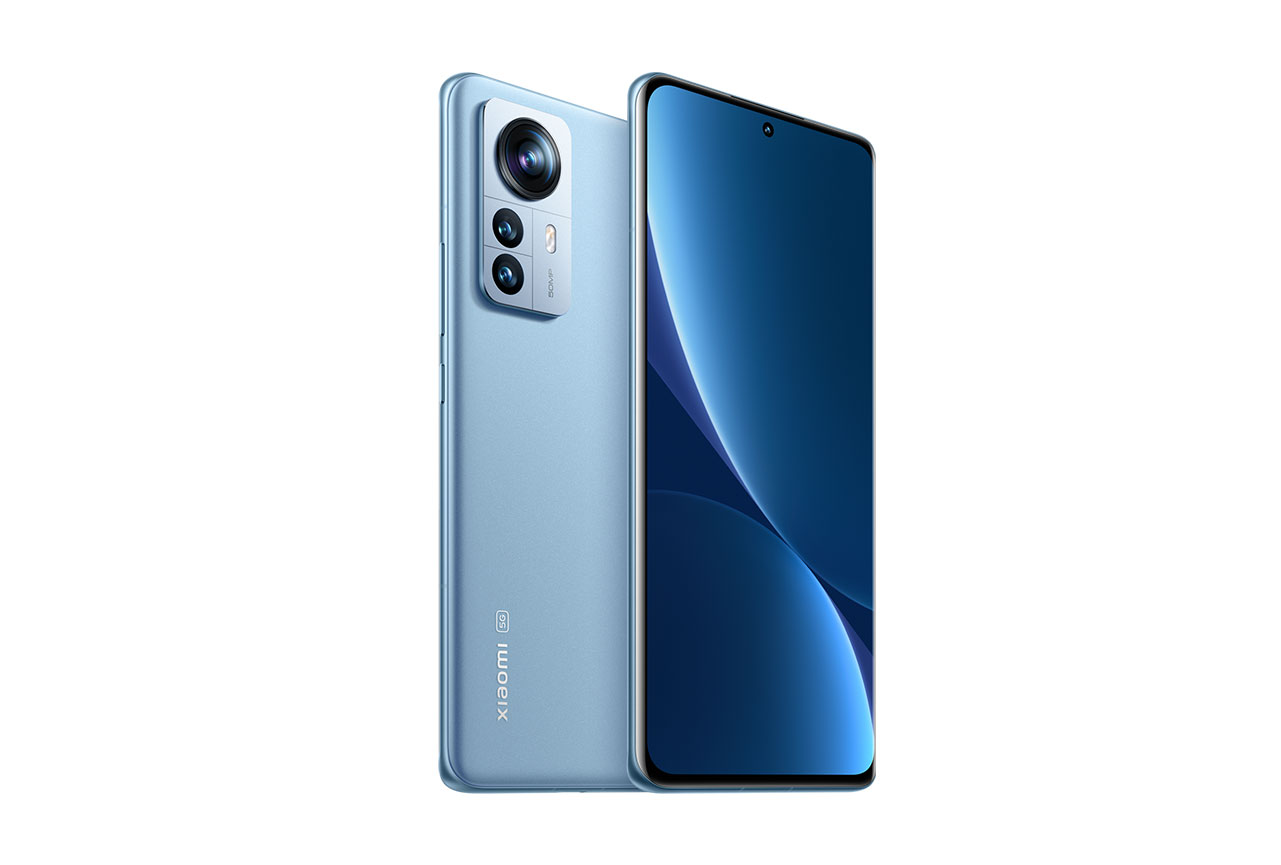
Xiaomi 12 Pro


Use cases & Conditions
Use case scores indicate the product performance in specific situations. They are not included in the overall score calculations.
Outdoor
Photos & videos shot in bright light conditions (≥1000 lux)
Indoor
Photos & videos shot in good lighting conditions (≥100lux)
Lowlight
Photos & videos shot in low lighting conditions (<100 lux)
Friends & Family
Portrait and group photo & videos
Pros
- Good detail in most conditions
- Good exposure down to low light
- Fast and consistent autofocus
- Low image noise in all conditions
- Wide field of view and good detail on ultra-wide camera
- Reliable exposure and wide dynamic range in night shots
- Good detail and exposure in bright light and indoor videos
- Good video autofocus
- Video stabilization effective against strong motion
Cons
- Fusion, ghosting and shue shift in high-contrast scenes
- Slightly limited depth of field
- Occasional exposure instabilities
- Lack of detail in very low light and medium and long range tele shots
- Dynamic range and bokeh effect in preview differ from final capture
- Unnatural effects in bokeh mode with spotlights in background
- White balance instabilities and strong shadow noise in video mode
- Underexposed subjects and orange cast in low light video
With a DXOMARK Camera score of 131, the Xiaomi 12 Pro improves three points on its predecessor, the Mi 11 Pro, but does not quite compete with the very best devices in the DXOMARK Camera ranking. Compared to the Mi 11 Pro, improvements are most noticeable in still imaging whereas the 12 Pro delivers better night shots and more vivid colors. 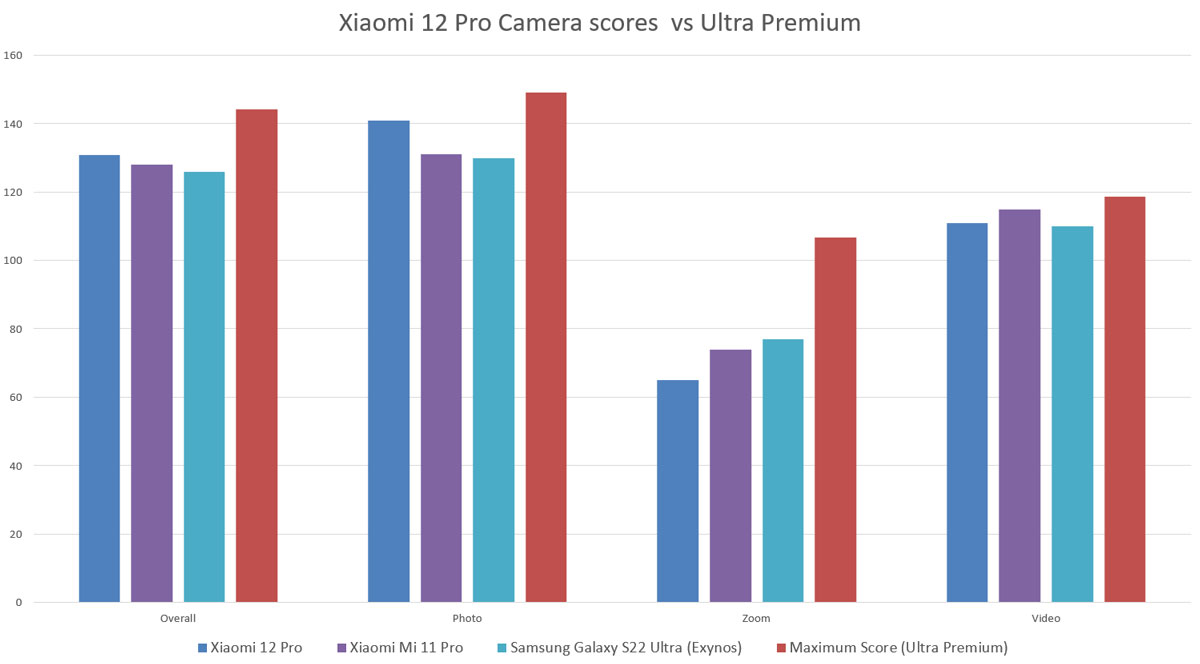
Video also provides pleasant results with a good texture/noise trade-off. However, some exposure and color instabilities have a negative impact on the smoothness of the final user experience.
In photo mode, the camera performs well in most areas, especially in light conditions that are not too difficult. Here the Xiaomi delivers good subject exposure, nice color, and a good trade-off between image detail and noise. There is some room for improvement in the way challenging high-contrast scenes are handled. The camera offers a wide dynamic range but quite heavy-handed processing often results in noticeable image artifacts. The Xiaomi does a great job at capturing images at night, but bokeh mode would benefit from a smoother blur gradient.
The camera is also a good option for zooming in and out. The 14mm equivalent ultra-wide camera captures nice color and good detail but in high-contrast scenes, we can often see some highlight clipping. At 48mm equivalent, the tele camera is not one of the longest but offers better quality than many competitors at close range zoom settings. This said, it falls somewhat behind at medium and long range.
In video mode the Xiaomi 12 Pro does overall well, with accurate exposure and good detail but local noise in the shadows can be quite intrusive, especially in low light, and our testers also observed some orange color casts. The stabilization system does a good job at keeping things smooth and steady while running but there is still some residual motion noticeable when walking while recording or when handholding the device.
Photo
The Xiaomi 12 Pro achieves a Photo score of 141. In this section, we take a closer look at each sub-attribute and compare image quality against competitors.

Exposure and Contrast
Xiaomi 12 Pro
98
111
In these tests, we analyze target exposure, contrast, and dynamic range, including repeatability across a series of images. Tests are undertaken in a wide range of light conditions, including backlit scenes and low light down to 1 lux. The score is derived from a number of objective measurements in the lab and perceptual analysis of real-life images.
The Xiaomi 12 Pro captures image, with usually accurate exposure in all conditions, and in this scene, dynamic range is wider than on the comparison devices. However, in this kind of difficult high-contrast scene, our testers also observed some exposure instabilities.

The instabilities mentioned above are especially noticeable in lab conditions where dynamic range is wide when the camera activates its HDR mode. However, in some conditions, this does not happen, resulting in strong highlight clipping. The Xiaomi’s average dynamic is slightly lower than competitors, especially in very challenging HDR conditions where the results are negatively impacted by numerous instabilities and HDR processing failures.
The instabilities become very obvious when looking at the standard deviation of entropy across lighting conditions. The strongest deviation occurs in conditions where the average entropy is lower than on the competitors. This means that in some conditions HDR mode on the Xiaomi does not activate, resulting in a lack of dynamic range. However, dynamic range is wide when HDR mode does activate.

Color
Xiaomi 12 Pro
103
107
In these tests, we analyze color rendering, skin tones, white balance, and color shading, including repeatability across a series of images. The score is derived from a number of objective measurements in the lab and perceptual analysis of real-life images.
In bright light, the Xiaomi produces accurate white balance and vivid colors.
Under indoor lighting and in low light, the camera can produce an orange cast, but color rendering is overall pretty natural.

Autofocus
Xiaomi 12 Pro
102
109
In these tests, we analyze autofocus accuracy and shooting time, including repeatability, in the lab. We test focus failures, depth of field, and tracking of moving subjects using perceptual analysis of real-life images.
In normal conditions, the 12 Pro’s autofocus performs swiftly and accurately. Zero shutter lag allows for very fast capture and sharp images. However, our testers did observe some errors in the phone’s zero shutter lag processing.
The camera’s comparatively large sensor means that the Xiaomi 12 Pro’s depth of field is comparable to the Samsung Galaxy S22 Ultra but narrower than on some other competitors. Unlike the Mi 11 Ultra, the 12 Pro does not feature a face deblur algorithm that improves sharpness and detail on faces in group shots, so faces in the background can be rendered slightly soft.
At 100 lux and when mounted on a tripod, the 12 Pro autofocus is fast, accurate, and stable but some irregularities are visible. The comparison devices are more consistent.
This graph plots edge acutance against shooting time measured on the AFHDR set up on a series of pictures. All pictures are taken at 100 lux with TL84 illuminant, on a tripod, 500ms after the target is defocused. Edge acutance is measured on the four edges of the deadleaves, shooting time is measured on an LED Universal Timer.
In more difficult conditions, the camera maintains a good performance and is still able to use zero shutter lag technology. At 5 lux, the autofocus is stable and a little slower than in brighter conditions but still compares well to the competitors

Texture
Xiaomi 12 Pro
106
111
In these tests we analyze texture on faces and objects, including objects in motion, in a range of light conditions, using several lab test setups and perceptual analysis of real-life images.
The Xiaomi engineers have done a great job on detail preservation, and 12 Pro images contain a lot of fine detail.
In the lab, the 12 Pro manages high levels of detail as well, especially in low light. Compared to the other devices in this comparison, the 12 Pro does especially well when handheld, which is a more realistic use case than tripod-mounted shooting.
This graph shows DMC detail preservation against the light level (in lux) for handheld and tripod-mounted shooting.
DMC detail preservation metric is an AI-based texture analysis trained on three selected crops of our DXOMARK chart. The closer the value is to 100 the higher is detail preservation.

Noise
Xiaomi 12 Pro
80
102
In these tests, we analyze noise on faces and objects, including objects in motion, in a range of light conditions, using several lab test setups and perceptual analysis of real-life images.
The 12 Pro manages fairly low noise levels across all light levels but noise is a little more visible than on the Mi 11 Pro.
Noise is well under control, even in low light.
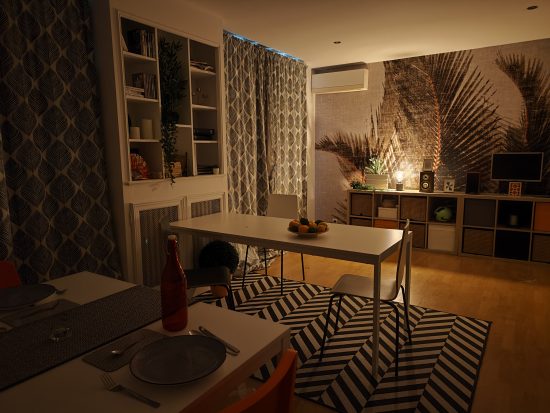
In HDR conditions, a strong noise is always visible on dark parts of the images with Xiaomi 12 Pro.
The same behavior is visible in our high-contrast lab setup for autofocus testing. The 12 Pro produces higher levels of noise in dark areas of the frame than some competitors and its predecessor the Mi 11 Pro.

Bokeh
Xiaomi 12 Pro
70
80
For these tests, we switch to the camera’s bokeh or portrait mode and analyze depth estimation, bokeh shape, blur gradient, and repeatability, as well as all other general image quality attributes mentioned above. The score is derived from perceptual analysis of real-life images.
The camera does a good job of simulating a bokeh effect. The end result looks pleasant and the effect is stable in most conditions. Depth estimation is effective, with few artifacts, and the simulated aperture is wide. Spotlight rendering can be unnatural, though.

Night
Xiaomi 12 Pro
78
82
In these tests, we shoot a selection of images in pitch-black darkness as well as with city lights in the background providing some illumination. We shoot sample images with the camera at default settings in both flash-auto and flash-off modes. We analyze all image quality attributes but we pay particular attention to exposure, autofocus, and color. We do not test night modes that have to be activated manually.
In night shots, the Xiaomi 12 Pro generally consistently delivers images with accurate exposure and more dynamic range than competitors. The texture/noise trade-off is good, too, and overall the Xiaomi is the best camera in this night comparison.

Artifacts
Xiaomi 12 Pro
63
77
In these tests, we check images for optical artifacts such as vignetting, flare, lens softness in the corners, distortion, and chromatic aberrations, as well as for processing artifacts such as ghosting and fusion errors, hue shift, and ringing.
Most of the artifacts our testers found on the 12 Pro are visible in high-contrast conditions where the camera uses heavier image processing. Ghosting is one of the most common fusion artifacts we have encountered.
In this backlit indoor scene, we can see a line between the hills in the background and the sky. This is not visible on the other devices and is likely caused by fusion during HDR processing.

Preview
Xiaomi 12 Pro
70
80
In these tests, we analyze the image quality of the preview image and the differences between preview images and captured images, particularly in terms of exposure, dynamic range, and bokeh effect. We also check the smoothness of the field-of-view changes in the preview image when zooming with both buttons or when using the pinch-zoom gesture.
The 12 Pro’s preview image on the display often looks quite different from the final capture. Preview has less dynamic range and therefore often more highlight clipping. In bokeh mode, the isolation of the subject from the background is also worse. Overall some competitors do a better job than the Xiaomi in this category.
Zoom
The Xiaomi 12 Pro achieves a Zoom score of 65. The Zoom score includes the tele and wide sub-scores. In this section, we take a closer look at how these sub-scores were achieved and compare zoom image quality against the competitors.

Wide
Xiaomi 12 Pro
44
58
In these tests, we analyze the performance of the ultra-wide camera at several focal lengths from 12 to 20 mm. We look at all image quality attributes, but we pay particular attention to such artifacts as chromatic aberrations, lens softness, and distortion.
Like its rivals in this comparison, the Xiaomi 12 Pro delivers ultra-wide pictures with pleasant colors and a very wide field of view. Color is better than on the iPhone, but the Xiaomi slightly lags behind the Samsung in terms of noise and highlight clipping.

Tele
Xiaomi 12 Pro
79
140
In these tests we analyze all image quality attributes at focal lengths from approximately 40 to 300 mm, paying particular attention to texture and detail. The score is derived from a number of objective measurements in the lab and perceptual analysis of real-life images.
At close range (50mm), the Xiaomi manages to capture better detail than the competition.
With its tele lens only offering a 2x zoom factor the Xiaomi lags behind the competition at long-range tele settings, especially in terms of texture.
Looking at the texture comparison graph below, the Xiaomi is doing very well at close tele range, thanks to its large 50MP sensor. However, at more extreme zoom settings it falls behind the competition with longer tele lenses.
Video
In our Video tests, we analyze the same image quality attributes as for still images, such as exposure, color, texture or noise, but we also include such temporal aspects as speed, and smoothness and stability of exposure, white balance, and autofocus transitions.
NOTE: The sample video clips in this section are best viewed at 4K resolution.
The Xiaomi 12 Pro achieves a Video score of 111. A device’s overall Video score is derived from its performance and results across a range of attributes in the same way as the Photo score. In this section, we take a closer look at these sub-scores and compare video image quality against competitors.

Exposure and Contrast
Xiaomi 12 Pro
99
118
When recording video target exposure is mostly accurate but dynamic range is limited, which can result in highlight clipping. Our testers also observed stepping during exposure transitions and contrast is sometimes too strong, especially when shooting indoors.
Compared to the Mi 11 Pro, the 12 Pro’s subject exposure is sometimes slightly lower, and in low light, both the scene and subjects can actually end up slightly underexposed — even in the same light conditions, as our example below shows. Even though these scenes were filmed under the same light conditions, but at different times and using different models, our laboratory measurements repeatedly confirmed our perceptual analysis of the scene.

Color
Xiaomi 12 Pro
97
107
Color rendering in video is mostly good, but in low light, orange casts and white balance instabilities are often visible.
On the Xiaomi 12 Pro, images can be oversaturated, with unnatural color rendering and skin tones. This can be seen especially well on the colored fabric patch in this test scene, where brown seems black and green is too saturated. The face of the man wearing a hat is a little too orange as well. Overall, the Mi 11 Pro’s color rendering is a lot more accurate.

Autofocus
Xiaomi 12 Pro
93
109
The Xiaomi’s focus works accurately and reaction times are mostly fast. Slight stepping can be noticeable when the autofocus is transitioning but it never moves into the wrong direction or overshoots.

Texture
Xiaomi 12 Pro
89
99
The Xiaomi’s video detail is close to the best competitors. Detail is rendered well, but there is a slight loss of fine detail.

Noise
Xiaomi 12 Pro
91
105
In low light videos, slight fine noise can be visible but otherwise, video noise is mostly well under control. Only in indoor and outdoor HDR scenes did our testers observe some strong local noise.
Lab measurements confirm that noise is overall well-controlled but is slightly higher than on the competition, especially the Mi 11 Pro, except in low light. 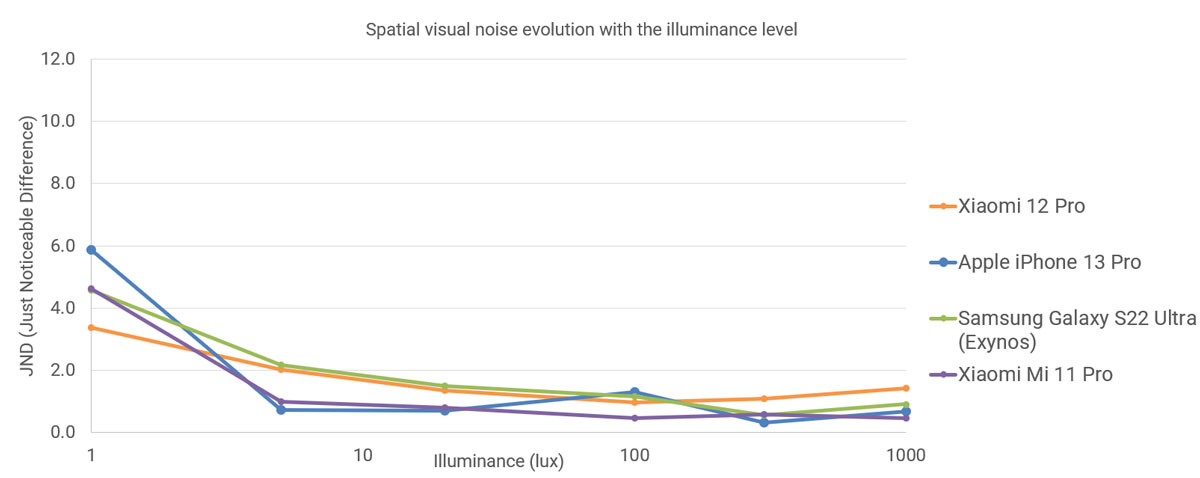
In high-contrast scenes, such as the one below, the Xiaomi 12 Pro really struggles to keep noise under control and strong noise can be noticeable in some parts of the image, for example, the paint tubes in this test scene. The Xiaomi Mi 11 Pro handles the scene much better, showing almost no noise in the same area of the frame.

Artifacts
Xiaomi 12 Pro
80
85
For video artifacts, we check for the same kinds of artifacts mentioned in the Photo section, along with such video-specific artifacts as frame rate variation in different light conditions, judder effect, and moving artifacts (artifacts such as aliasing, color quantization, and flare can often be more intrusive when moving than in a still image).
In terms of video artifacts, both moiré and ringing effects are often noticeable on the 12 Pro’s video footage.

Stabilization
Xiaomi 12 Pro
100
103
In these tests, we analyze residual motion when handholding the camera during recording, as well as when walking and running with the camera. We also look for stabilization artifacts such as jello effect, sharpness differences between frames, and frame shift (abrupt changes of framing).
Some camera shake or motion is usually still noticeable while holding the camera still and while walking and recording. However, when running while recording the stabilization system is very effective and only very few changes of the field of view are visible.


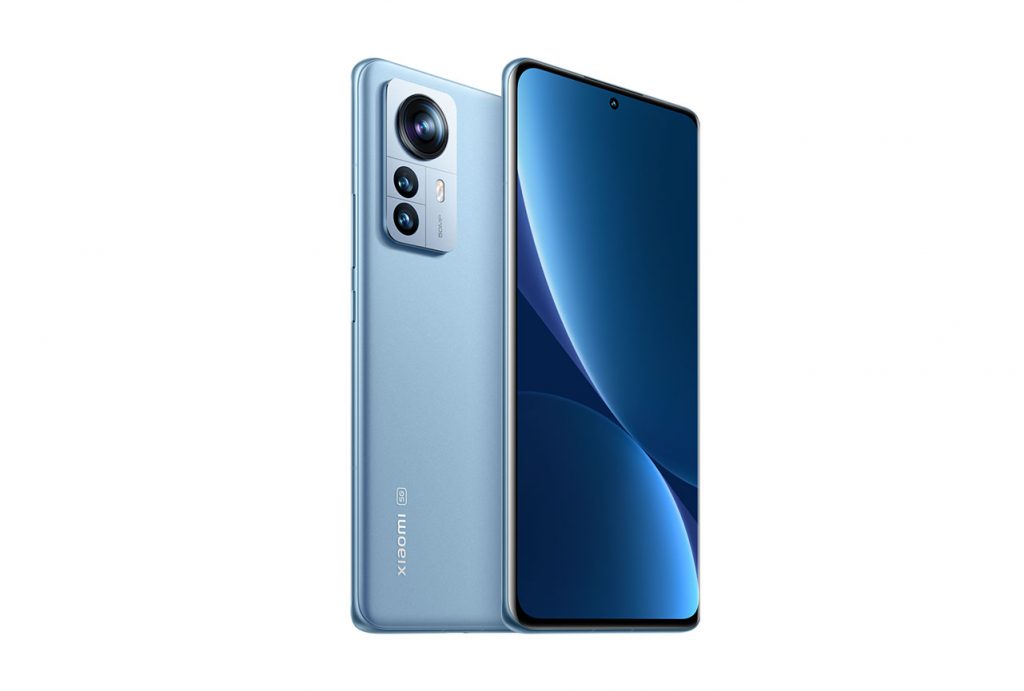



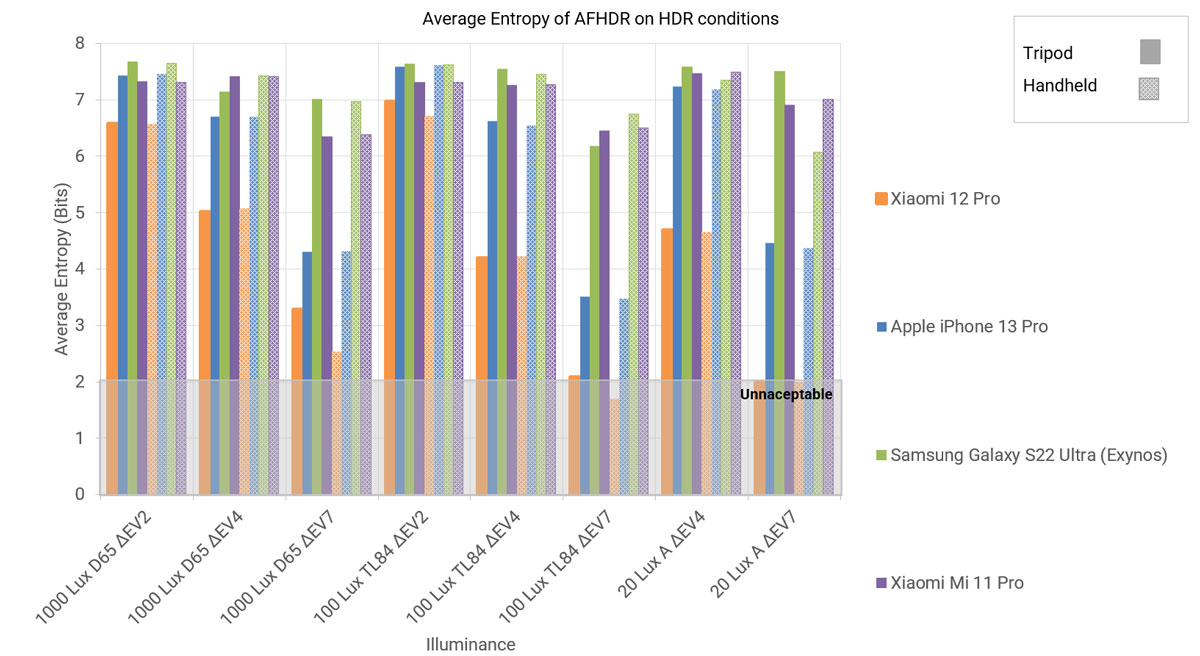
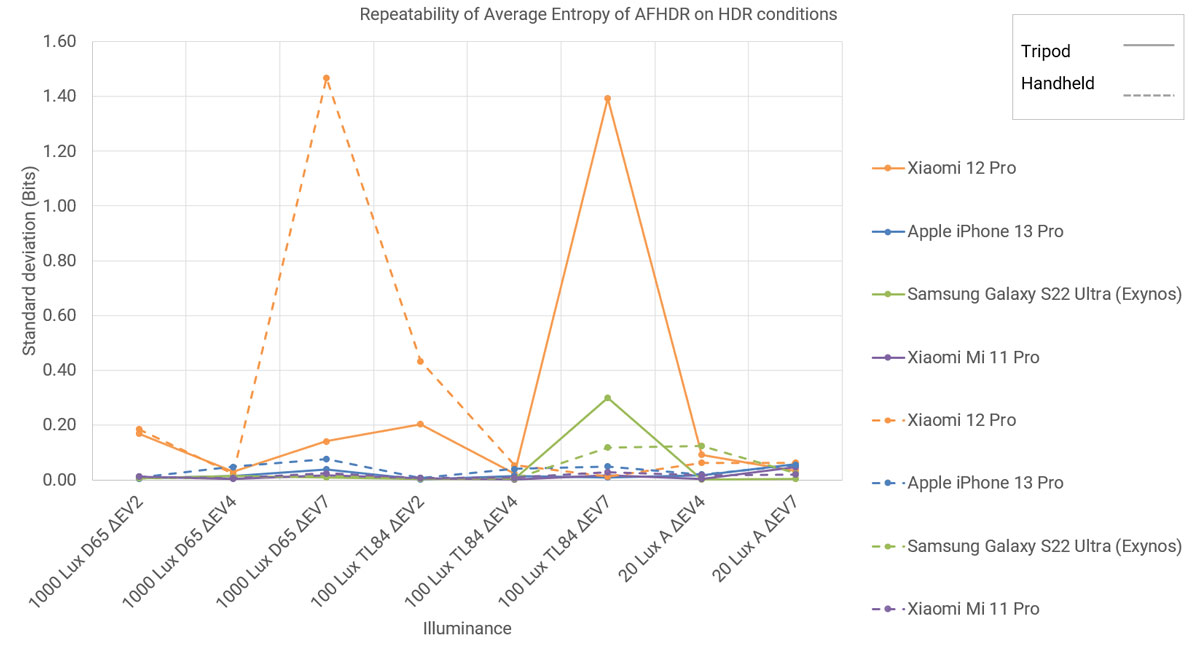






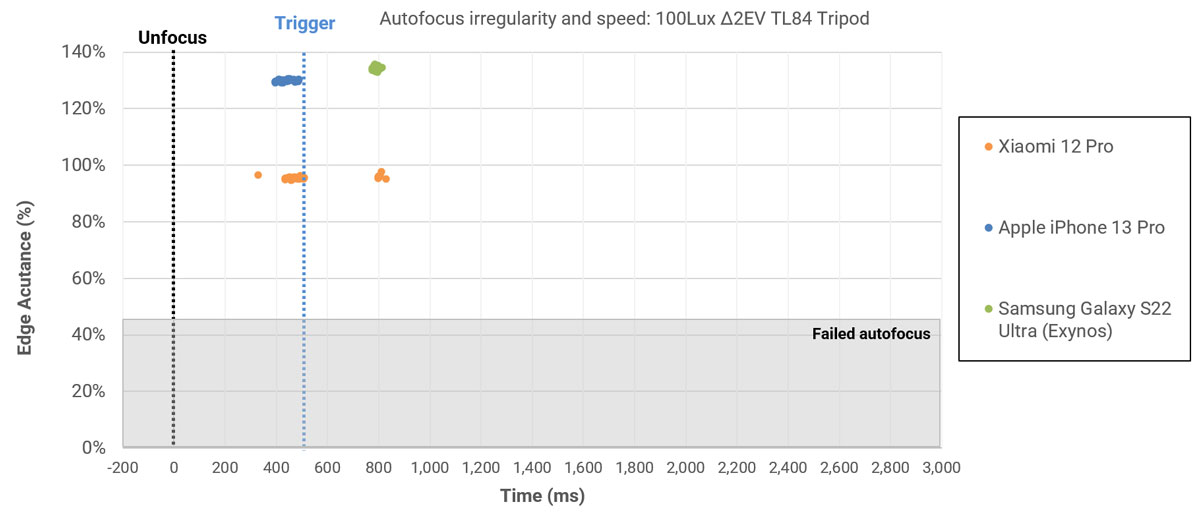
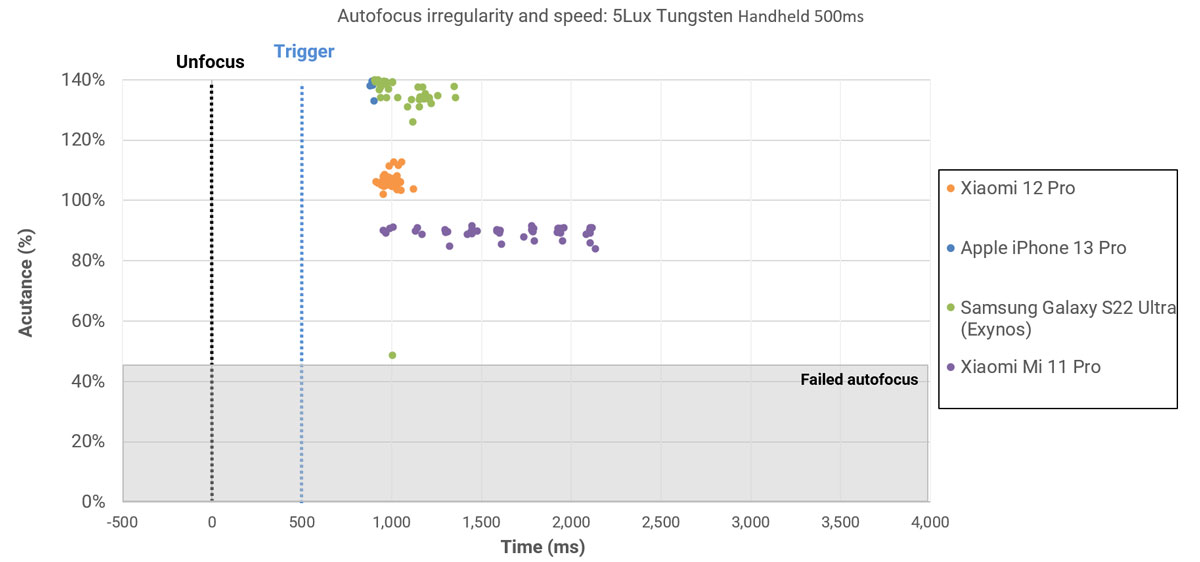
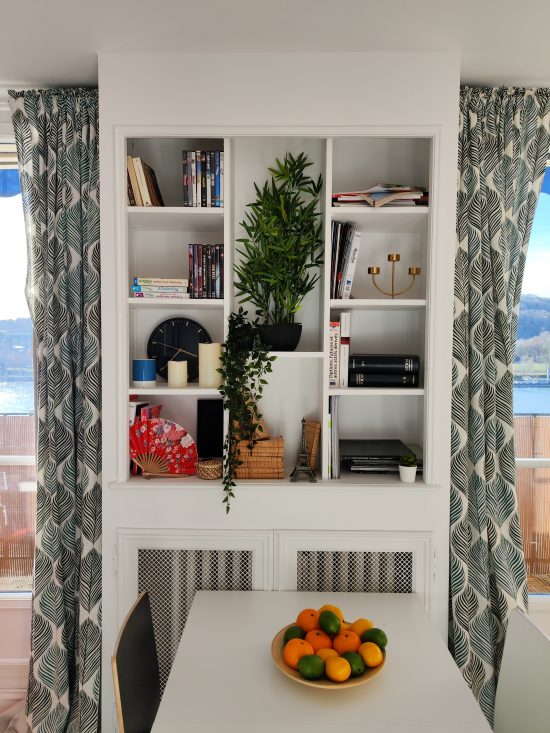


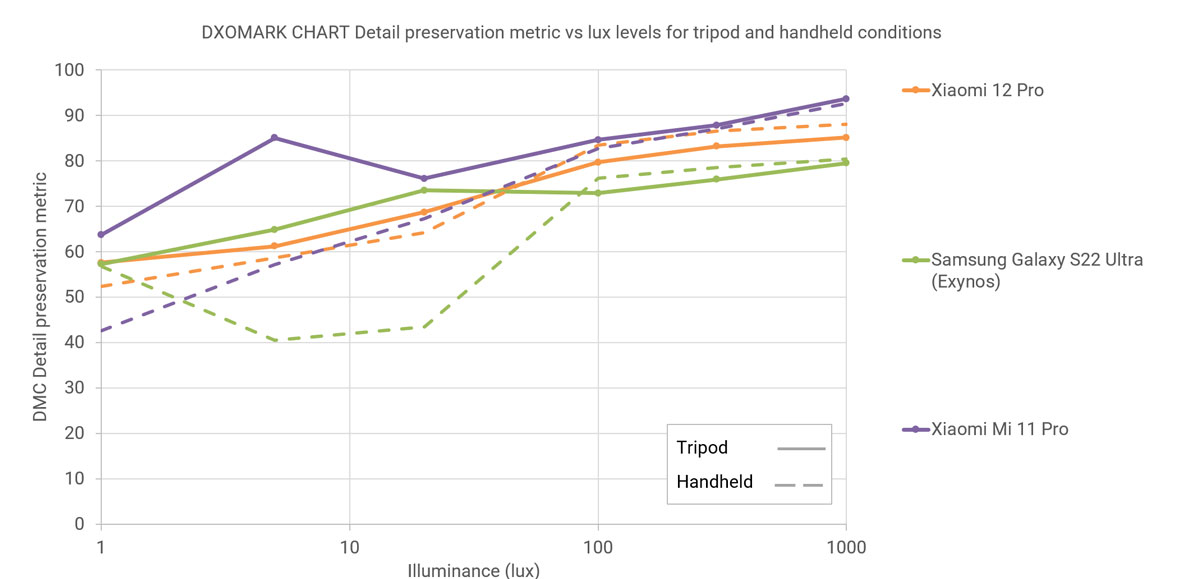
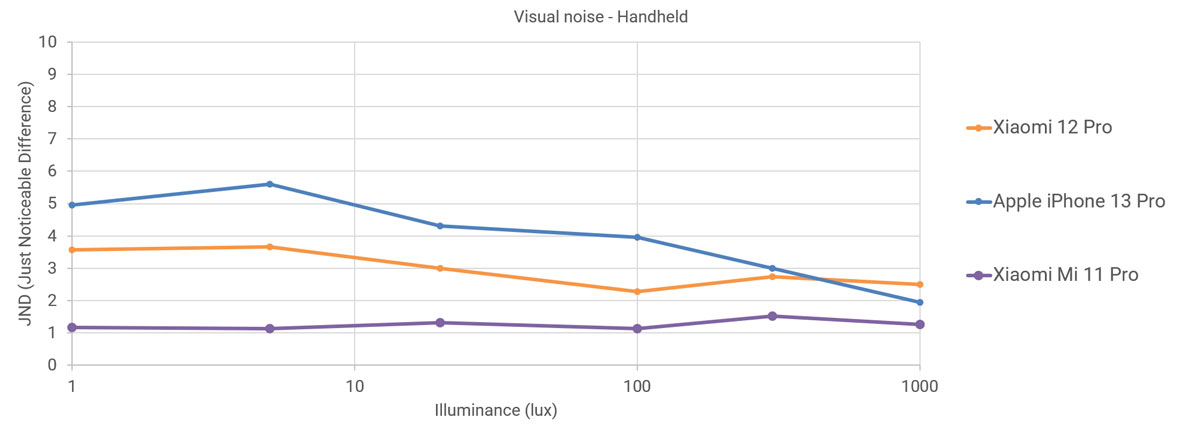
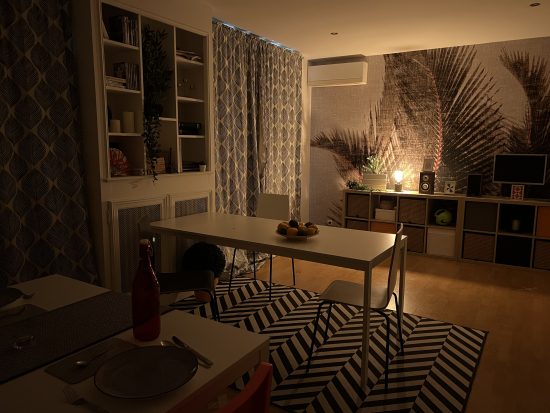
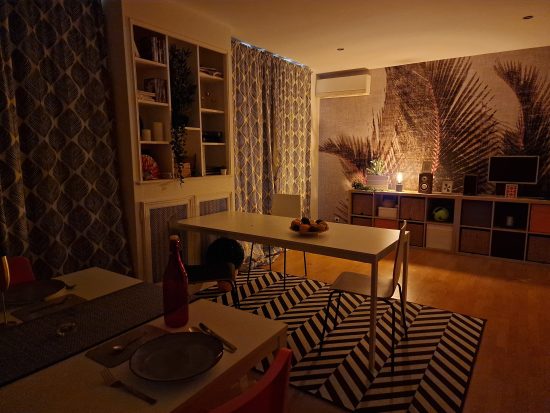
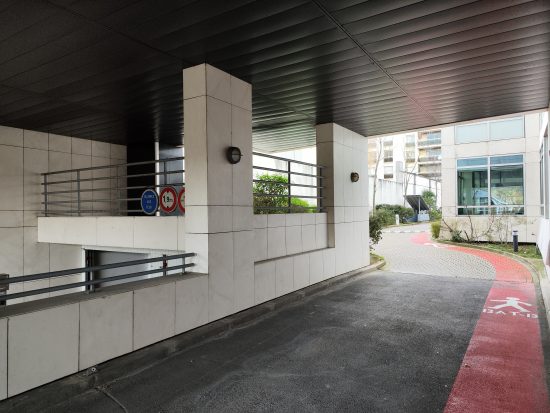
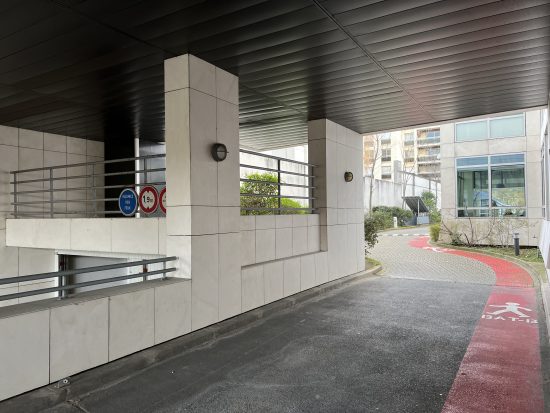
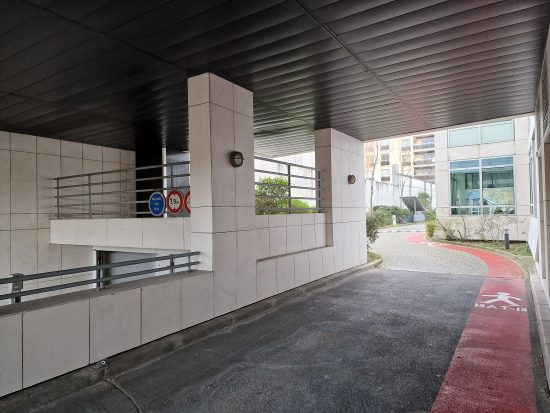
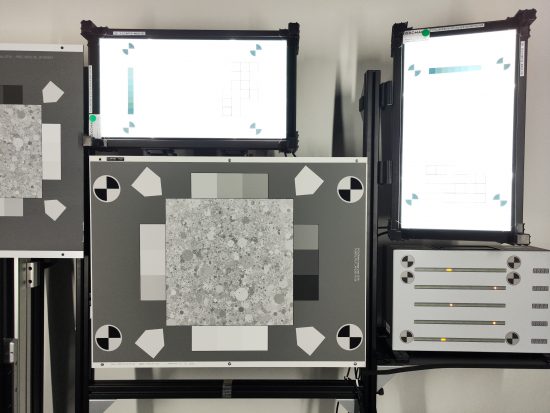
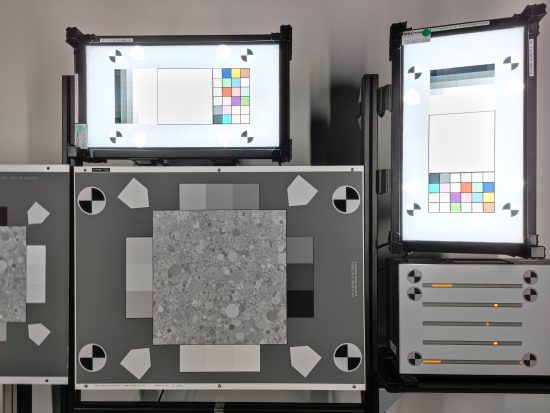



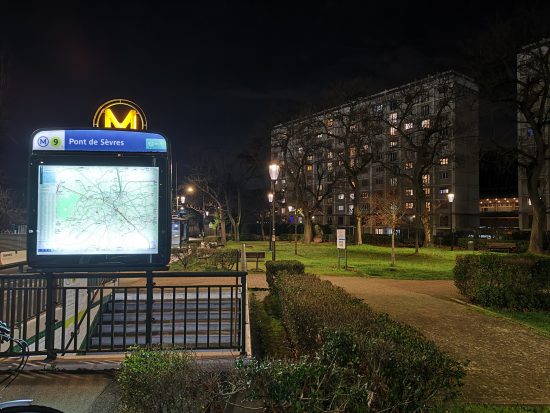
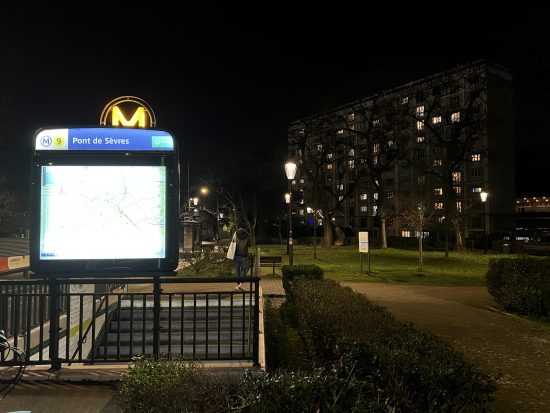
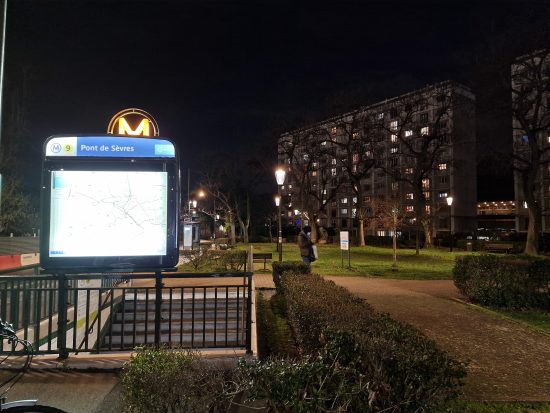

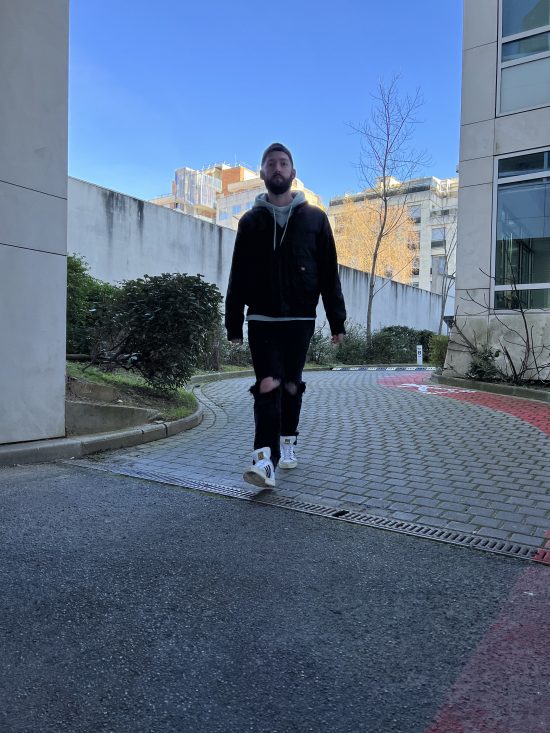
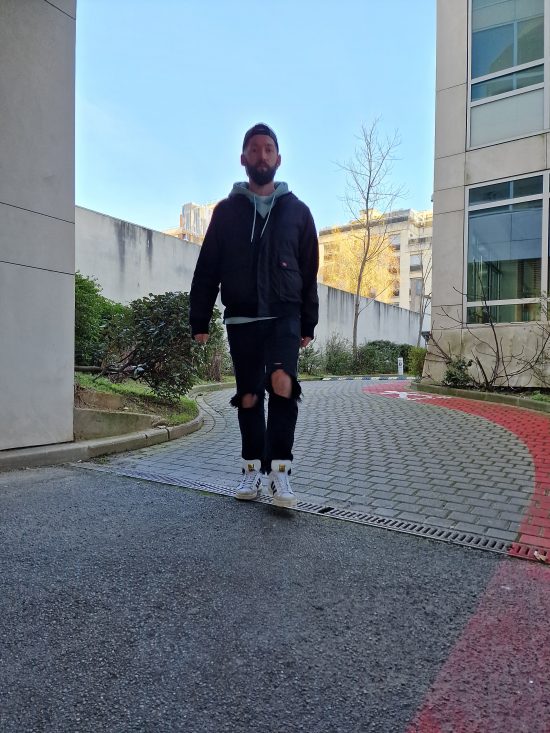



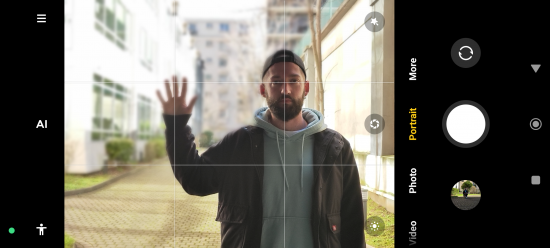

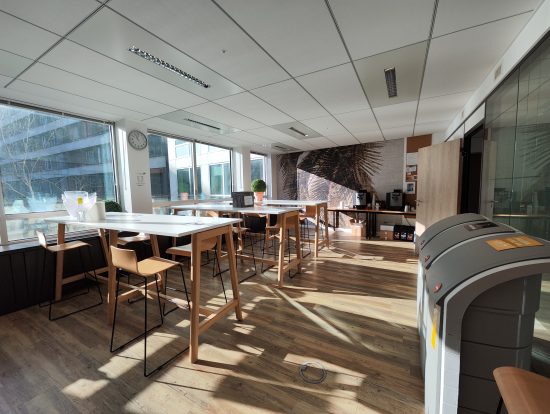
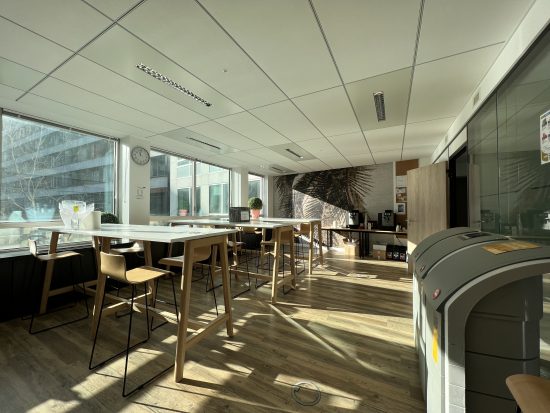
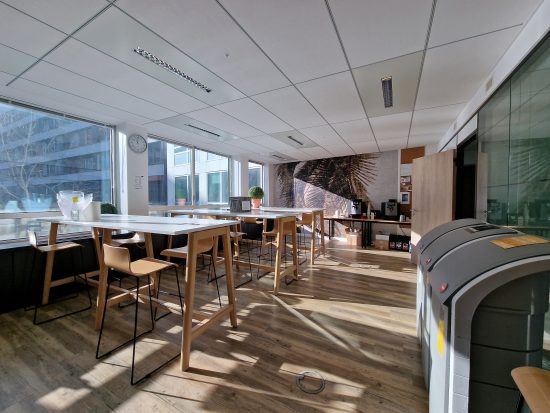
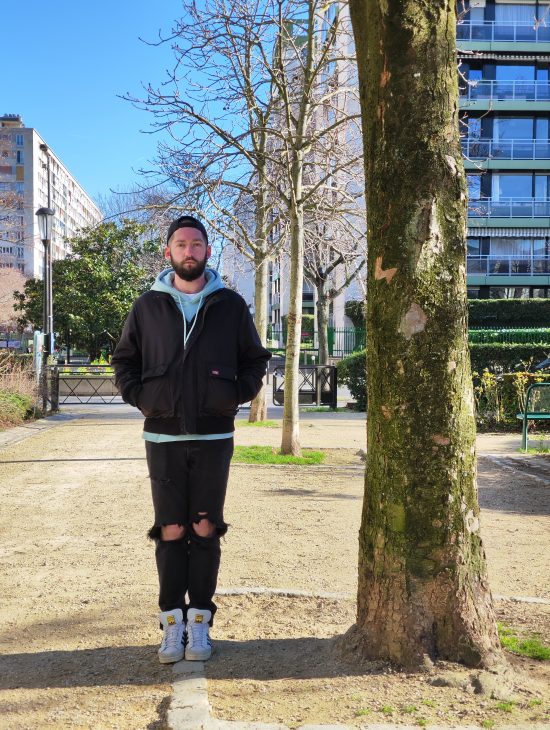
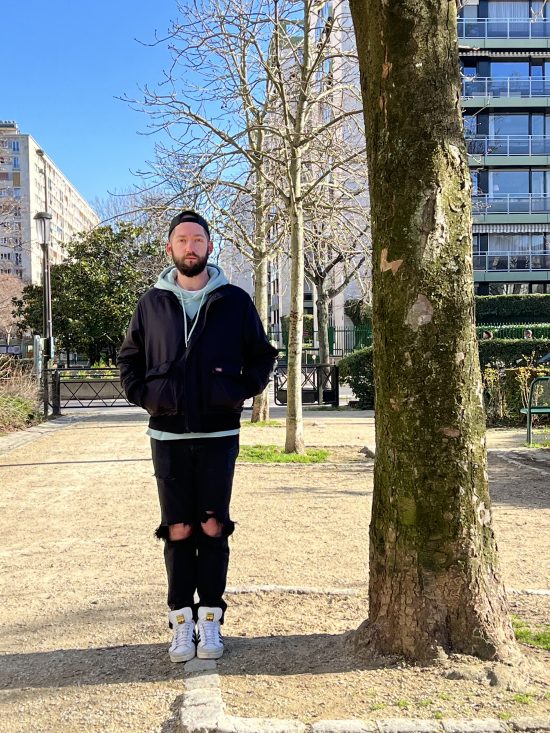
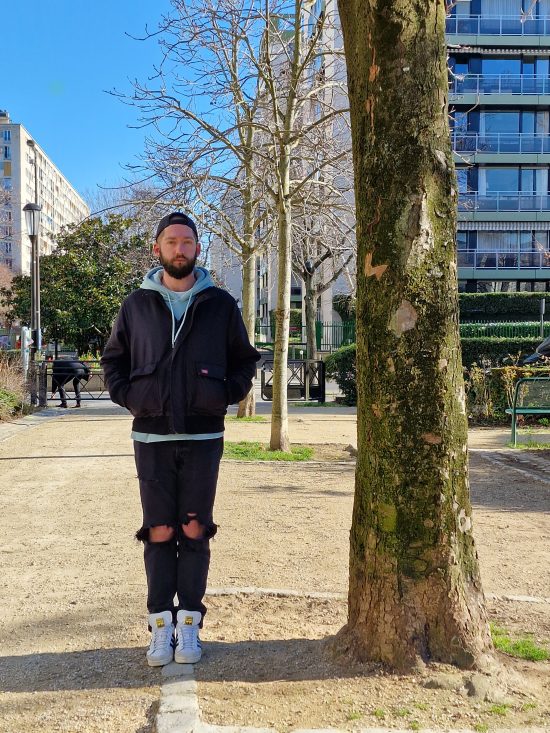



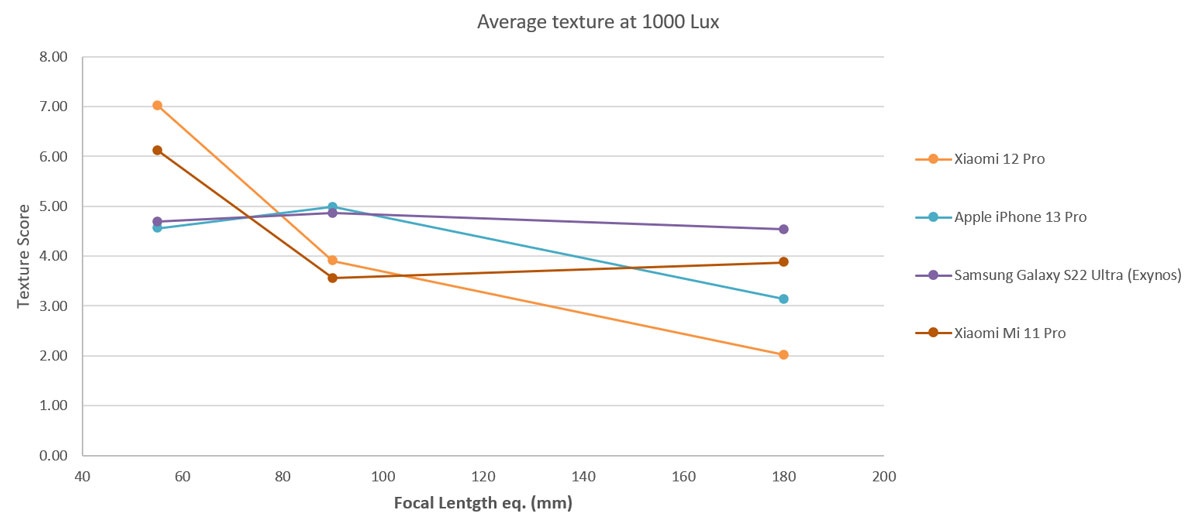


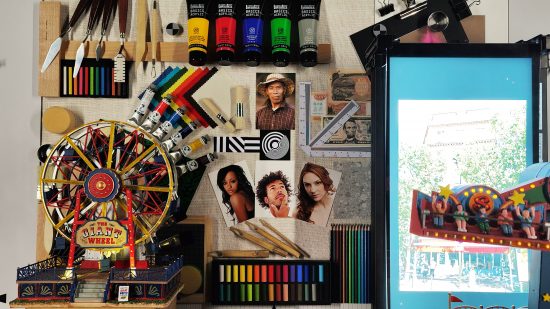
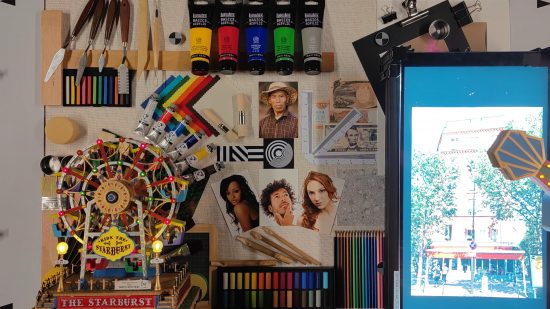
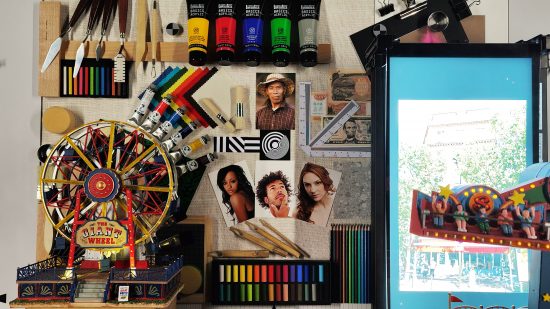


DXOMARK encourages its readers to share comments on the articles. To read or post comments, Disqus cookies are required. Change your Cookies Preferences and read more about our Comment Policy.